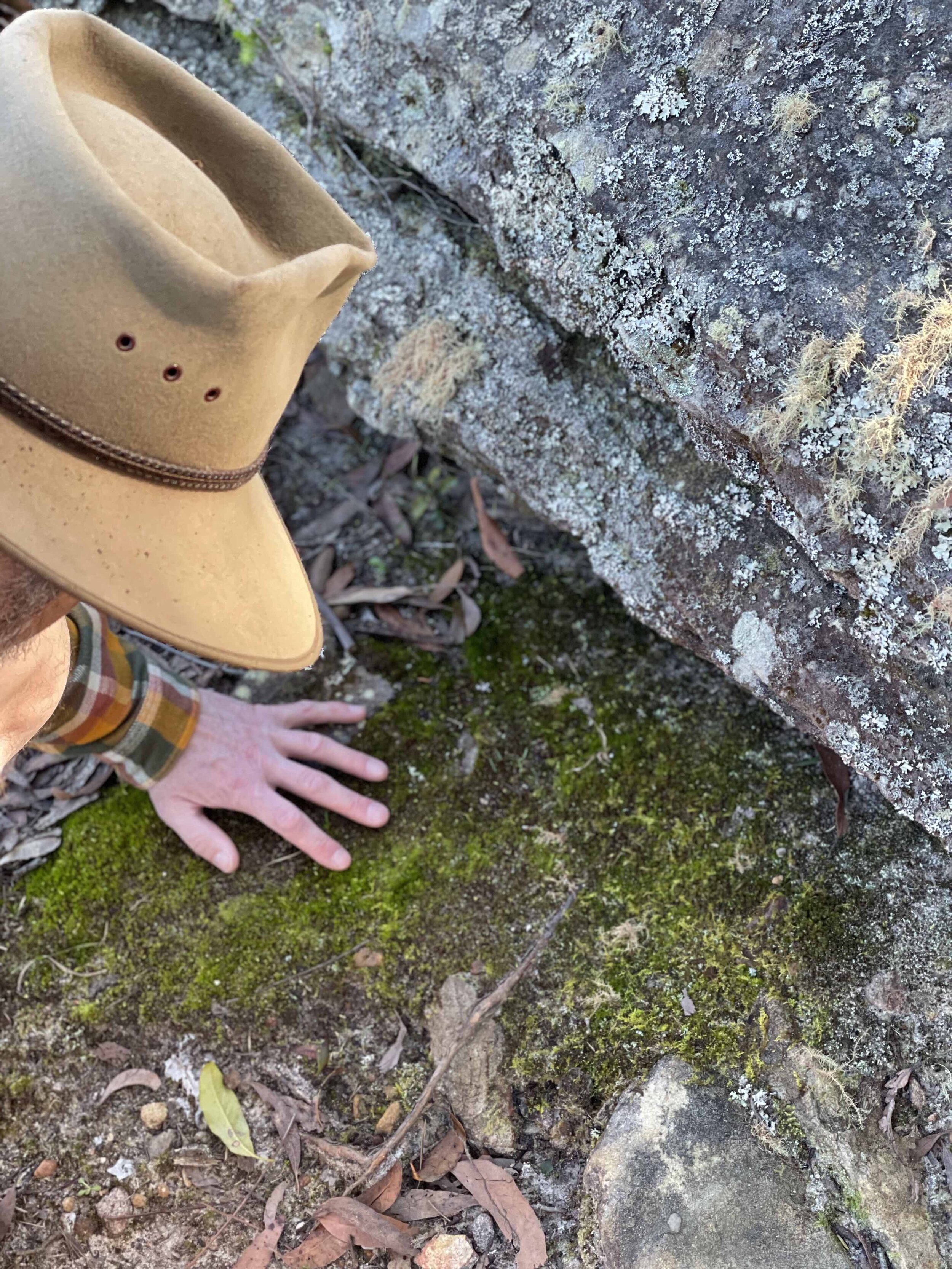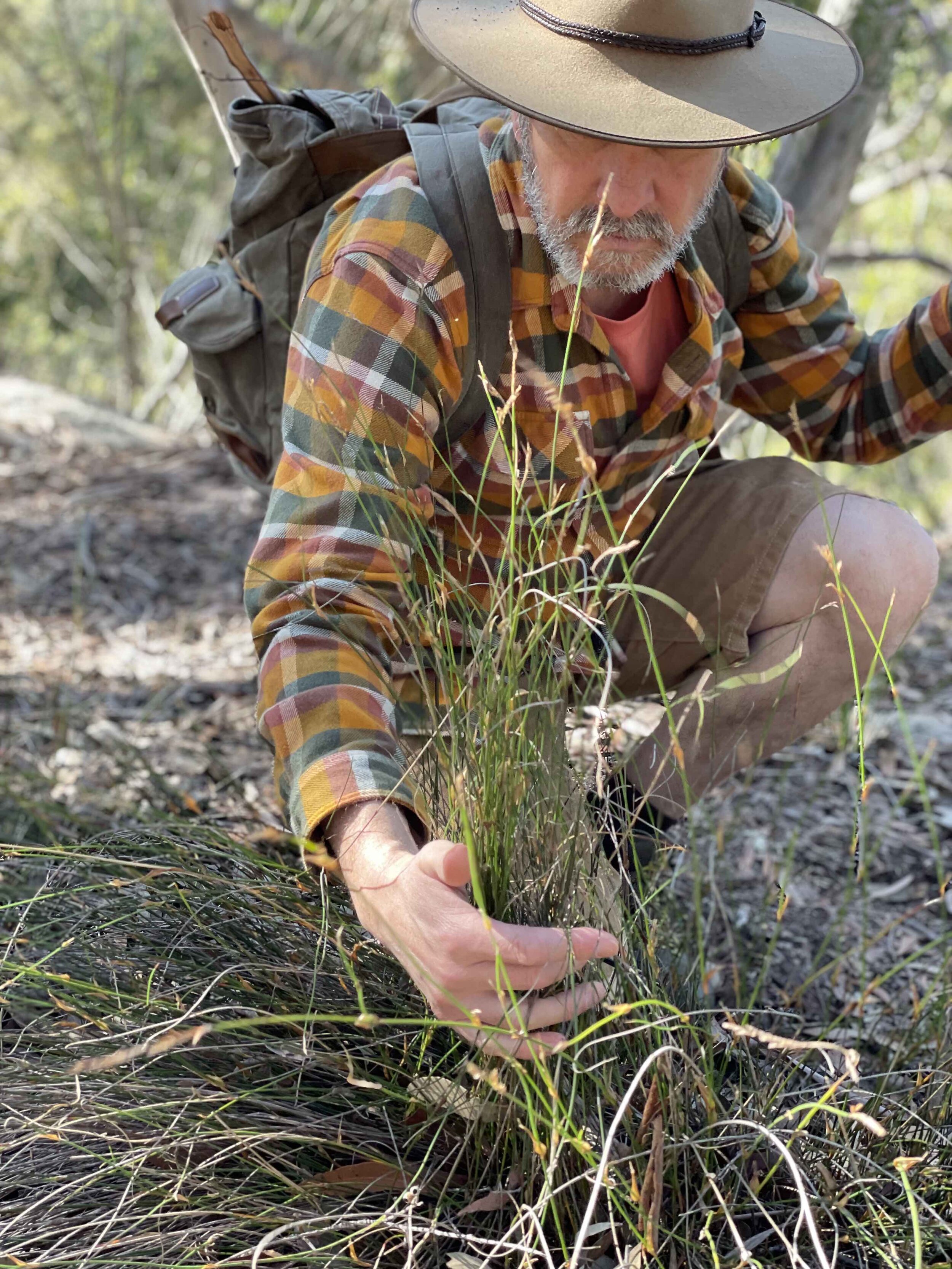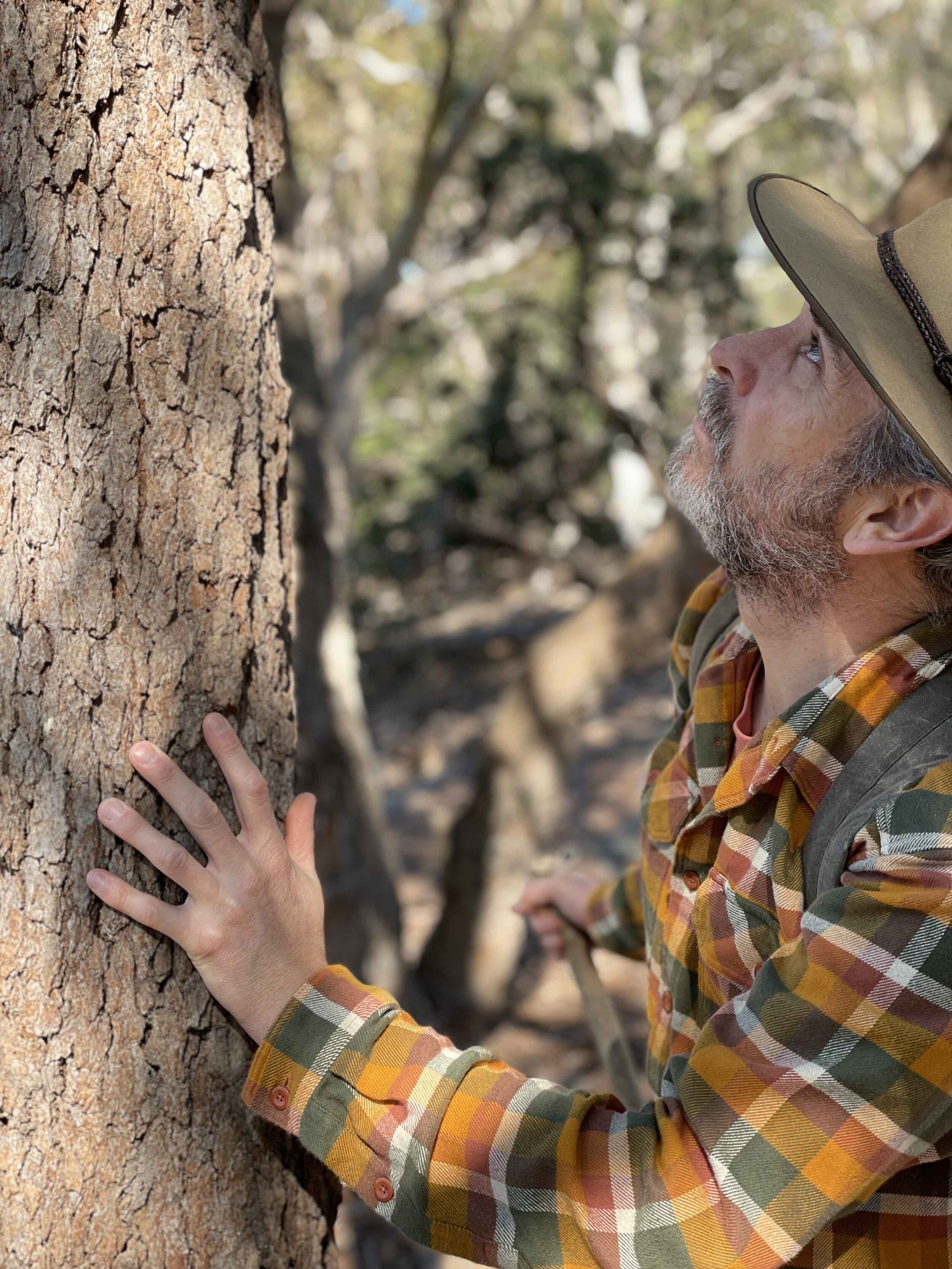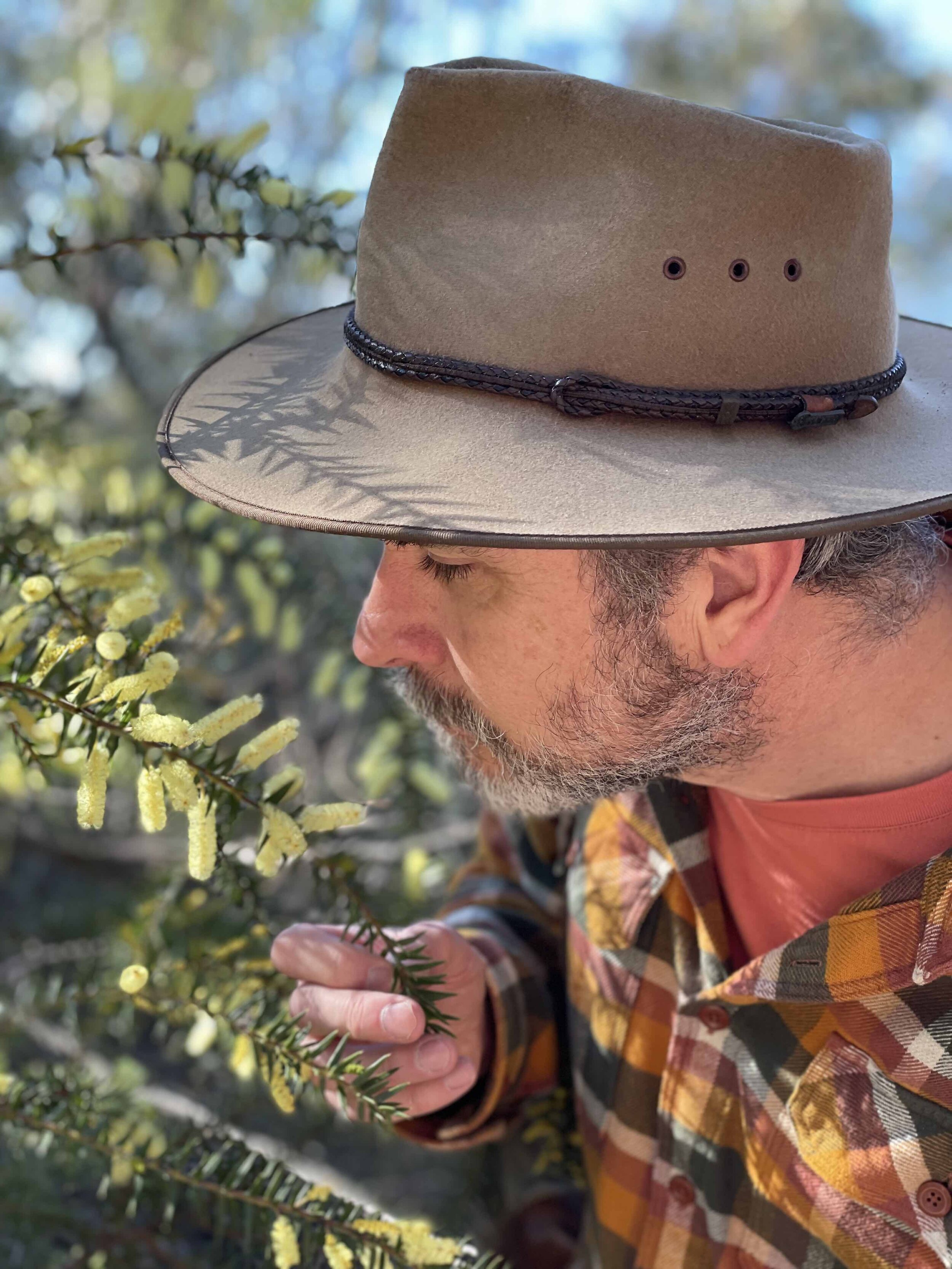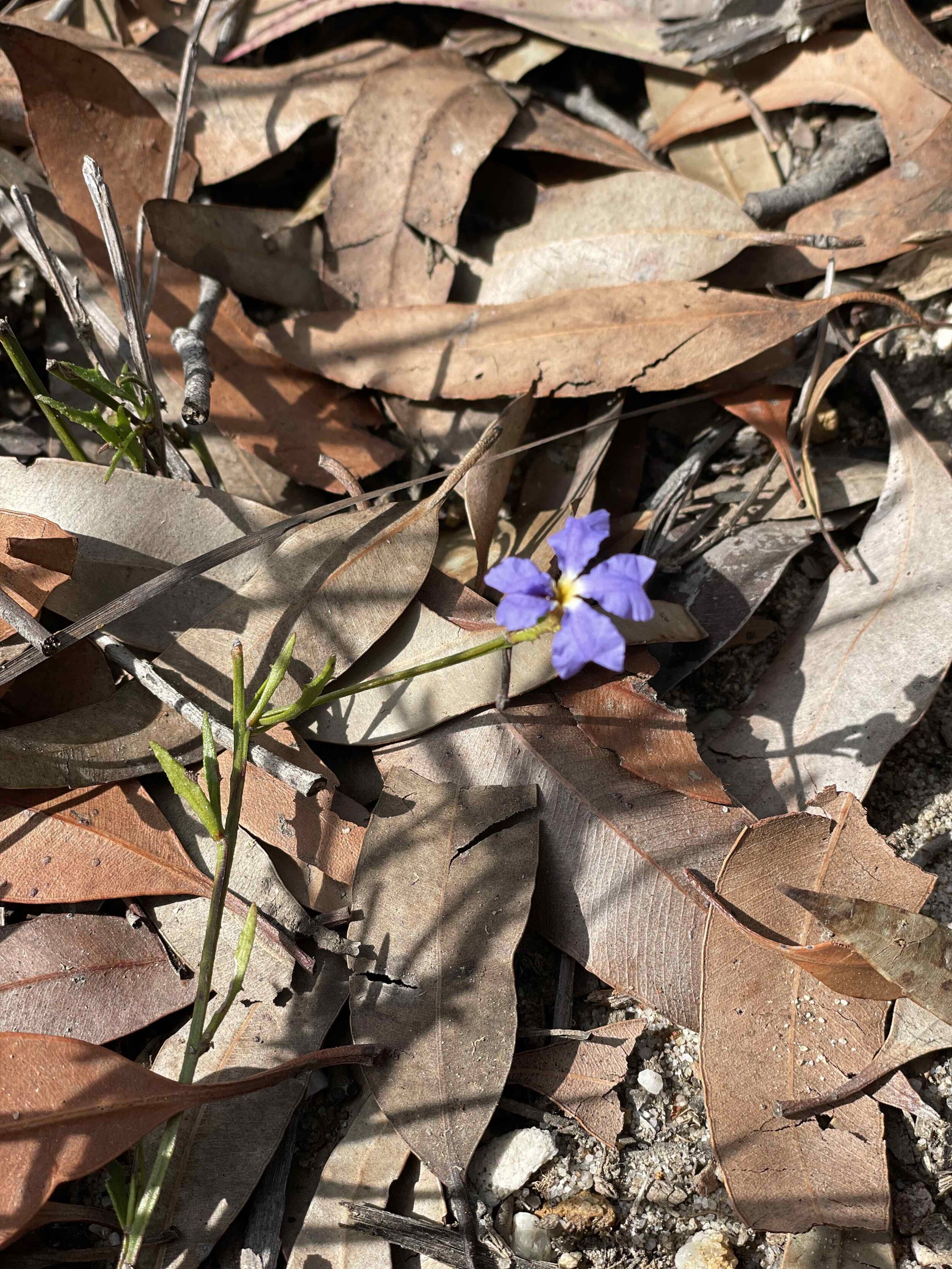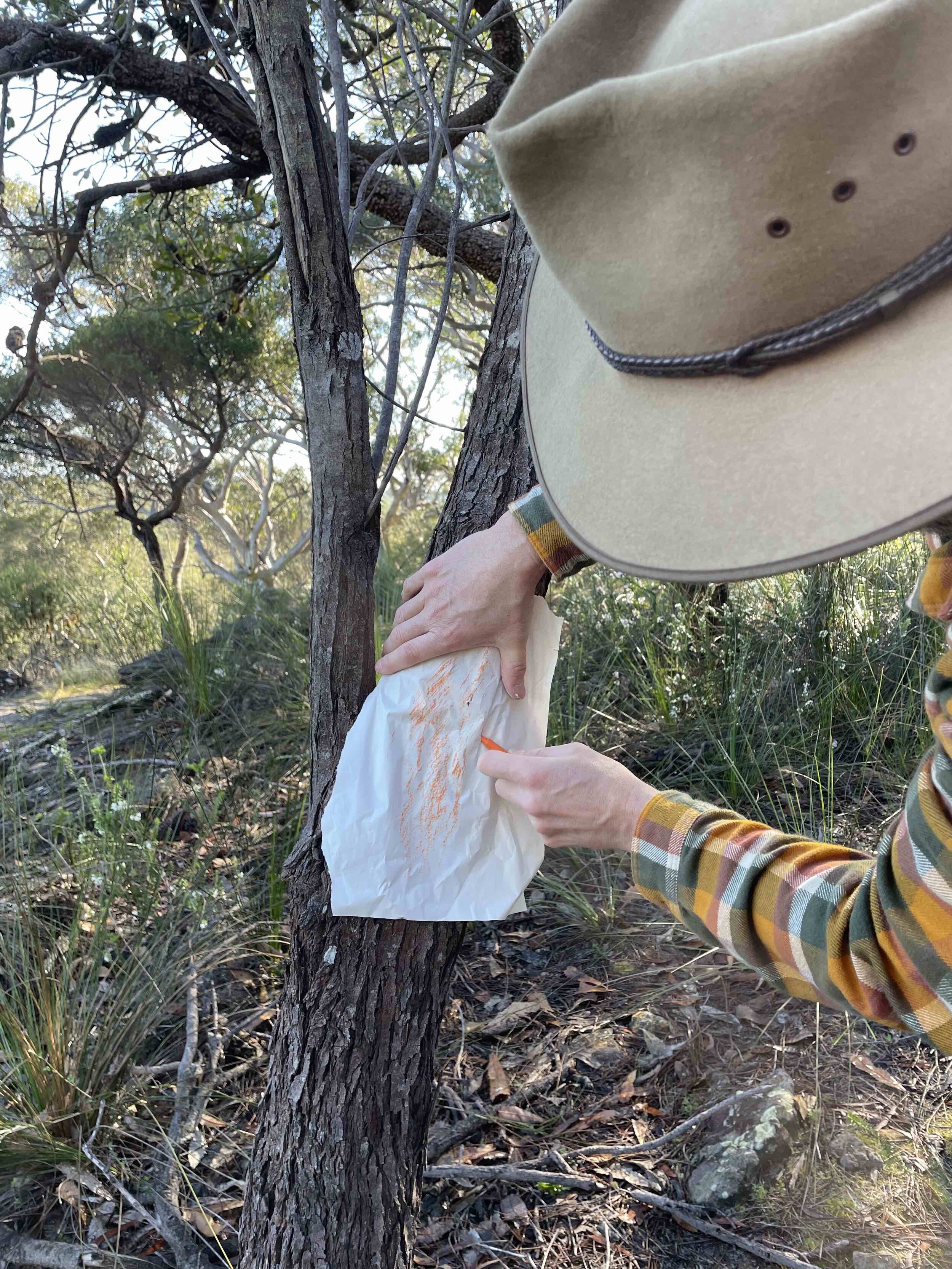Seeing nature with your nose…
3 sensory scavenger hunts - for the woods, city and beach
Kids love to explore. Heading off down a path first. Looking behind the tree. Playing hide and seek. There are many ways that children enjoy investigating the world around them. And there are lots of activities centred around scavenger hunts that support a deepening of this connection. When we think of taking kids on a nature scavenger hunt, we often think about spotting birds, or flowers or bugs. Engaging all of our available senses in a sensory scavenger hunt adds an extra dimension and learning opportunities.
On our sensory walk in the woods the other day we smelled the dampness of moss, heard the sound of swashy grass and saw a sea eagle soaring overhead! You can catch the replay over on our YouTube channel.
You don’t need to live near a wild forest to find lots of treasures on a sensory scavenger hunt.
Walking down the street, along a beach or in your local park can bring just as much excitement to preschoolers. The warmth of tarmac in the sun, the splash of a muddy puddle, the buzz of insects, a soft breeze on the skin and the bright colours of flowers in gardens are special when we take time to enjoy them. As adults, we may have forgotten how new and interesting these experiences are for young children. It’s wonderful that we get the added bonus of rediscovery by exploring alongside them. And providing opportunities to engage different senses makes for a more accessible activity.
We’ve created a fun activity pack for you to take along on your own sensory scavenger hunt - no matter where you live.
Educators know that sensory play is crucial to early years development and can include anything that engages sight, smell, touch, hearing, taste as well as balance and coordination. From birth, children are absorbing huge amounts of information about the world around them. The more we focus attention on a range of sensory input the more it supports cognitive development. By the time a child reaches 3 years old, their brain will have grown around 1,000 trillion connections, making the preschool years, in particular, the prime time for sensory learning. Making the link between the natural world and the senses has the additional benefit of stimulating curiosity, discovery, and an early understanding of biodiversity. And there is growing evidence that spending time playing outdoors increases focussed attention and emotional well-being.
And,if you’d like to go on your own Wildkids adventure, here are three ways you can engage your kids with sensory activities.
1. Stop for a while
When we are off exploring there is nothing better than running ahead to find the way or what’s around the next bend in the track. If we stop for just a minute though we can take note of the smallest things around us. Try holding hands, and sitting or standing with your eyes closed in a safe spot. Notice the temperature and texture of the ground. How many sounds are around you? What kinds of smells are wafting about. Describe what you find on your sensory scavenger hunt activity sheet.
2. Make some natural musical instruments
For babies, you can take along on your scavenger hunt a clean empty bottle to fill with whatever loose materials you find. Small pebbles, sand, bark or leaves make a great rainmaker or rattle when pooped into an old plastic sauce bottle with the lid closed. Be sure to make sure younger children can’t open the lid unsupervised though :)
Find a ‘Y’ shaped stick and tie a piece of string on one side. Thread on some bottle tops, shells or anything else you want to try and then tie the string onto the other side of the ‘Y’. Shake it to make your own nature sounds!
3. Make an impression
Once you’ve enjoyed ticking off what you find on your sensory scavenger hunt activity sheets, you can create your own multi-sensory adventure! Leave it up to the children to decide what they should record on their sheet (see the blank create your own page in the activity pack). Rub some earth on the paper to see the colour it makes and feel the texture. Stick in a feather, or leaf that you find. Record a sound on your phone to play later. Take a rubbing with a chunky crayon of some bark textures. Pop some damp leaves in a jar, or trap salty sea air to smell when you get back.
When you’re out and about on your scavenger hunt, there are so many conversations that we can centre around this activity.
What do your ears do? Your eyes? Your nose?
What does this leaf/twig/stone feel like? Does it have a smell?
Can you taste the air?
If you close your eyes, how many different sounds do you hear?
Can animals smell us? Hear us?
What is your favourite place outside? What does it sound, smell, feel like?
How many different colours can you see?
Can you find a smooth, bumpy or spiky thing?
Do share your pics of your sensory scavenger hunt finds and homemade musical instruments with us.
If you like this activity and you'd like access more, along with step-by-step lesson plans, how-to videos and a whole heap of extra resources designed to support early years educators - check out our online membership.
And for more ideas like this one and weekly live stream walks in the woods where we find bugs and have adventures outside, head on over to our Facebook group. We'd love to see you there.

